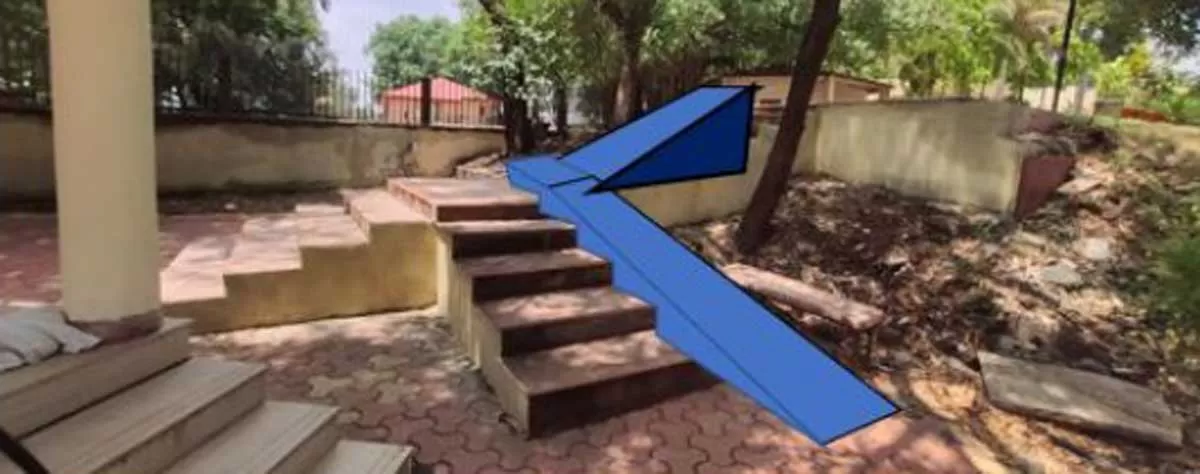The faculty and alumni of Indian Institute of Technology (IIT) Madras have developed India's first 3D printing construction technology. Start-up firm Tvasta Manufacturing Solutions and the Civil Engineering Department of IIT Madras have established a unique 3D printing laboratory to formulate technological solutions for construction and take this technology to the mass market. Manu Santhanam, Professor, Department of Civil Engineering, IIT Madras, shares more on the its advantages in construction.
The advantages
Compared to conventional construction methods that require formwork to get the desired shape to the concrete structure, 3D printing involves the direct placement of concrete in the desired locations, and a layer-wise build-up of the structure. Thus, there are considerable savings in cost (formwork materials) and time (assembling and disassembling the formwork). Further, complicated shapes that are difficult to construct can be done with 3D printing, thus making this technology architect-friendly.
With the use of 3D printing technology in construction, there can be considerable time savings, as assembly and removal of formwork are among the most time-consuming activities in construction. Further, its use can lead to good quality construction over a large number of cycles of construction as it is totally mechanised.
The effort being made by the IIT Madras printability lab (IMprint) is to build 3D printing technology that is economical, portable, easily deployable, and provide quality and faster construction. The aim is to come up with a 3D printing method that can be easily transported around the country and can print structures that are to be built on site with minimal difficulties. To make such a system economical, several elements such as logistics, raw materials and deployment need to be taken care of. These aspects of the technology are currently under development. 3D printing can overcome the difficulty of time and cost overruns in the Indian construction industry by offering a completely computer-monitored construction process.
Faster construction
3D printing, when in a completely operationalised state, can deliver high rate of throughput in terms of material delivery and can enable faster construction by an order of magnitude. It can work as on-site or off-site construction.
As an off-site construction methodology, the aim is to use 3D printing to build large-scale panels that can then be assembled on site into a larger structure. These panels need not be restricted to two-dimensional panels and can be made in such a manner that the fixing is easy and carried out without errors. By printing such panels at a high rate next to the construction site and assembling them, a much faster rate of construction can be achieved than what is currently achieved through conventional construction.
The long-term aim is to enable on-site construction using 3D printing, where the printer is placed on the ground area where the structure is to come up and the construction is then directly carried out by the printer on the location. This methodology will present several challenges that have to be overcome from the perspective of logistics and manoeuvring, which are currently being resolved by the team working on the technology.
Material and resource-saving
Being completely automated, 3D printing can reduce material wastage. Also, during construction, project management is made easier by the data logging process that is inbuilt into the 3D printer, making optimisation of logistical planning possible.
Besides, as 3D printing offers flexibility in design and the printing process, considerable material saving can be achieved by adapting the designs that are deployed for printing. Smaller and lighter elements can be built with greater use and hollow panels and sections can be built in a much easier manner compared to other construction methods. This can help avoid material wastage by using concrete (or other raw materials used for construction) only where structural strength demands it.
- SERAPHINA D’SOUZA

















